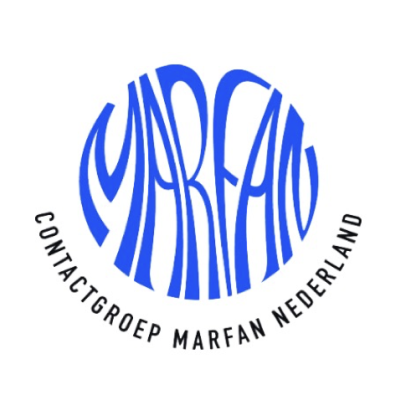How to get cells talking?
Vascular tissue diseases such as arteriosclerosis and aneurysm-formation share an underlying disbalance in the interaction between smooth muscle cells and the tissue fiber matrix. CELLSYSTEMICS investigates which regulatory mechanisms play a role, and where and when in the disease process. This requires quantitative insight in the complex cross-relationships between biomechanical, biochemical and mechanobiological mechanisms. The research therefore focuses on the development of a platform to integrate crucial technologies and methods. This innovative platform will enable a uniquely comprehensive characterisation of cells. By processing blood-derived stem cells to mimic disease cells, a patient’s specific disease history can be reconstructed very precisely. CELLSYSTEMICS hereby establishes a clinically applicable human measurement model, to develop (1) a more precise diagnosis and prognosis and (2) novel (preventive) treatment strategies which deploy cells to repair tissues.
The CELLSYSTEMICS platform involves intrinsic commitments of private partners with leading biotech expertise in life sciences, empowering interdisciplinary R&D outcomes. Optimised and new products are expected to emerge during and beyond the project. Moreover, the project is rigged to exploitation of cellular system dynamics for screening patients with - or at risk for - aortic aneurysm and hypertension. Owing to the fundamental target, scientific outcomes will be translatable to other diseases (e.g., lung, skin, muscle, cancer) but also to tissue bioengineering (co-cultures, organoids, prosthesis). Accordingly, the CELLSYSTEMICS integrated platform has real potential for enabling animal-free as well as 3R-endorsed innovations in many fields and across sectors.









